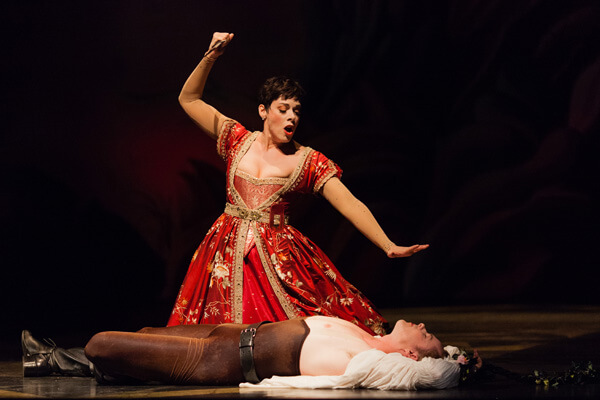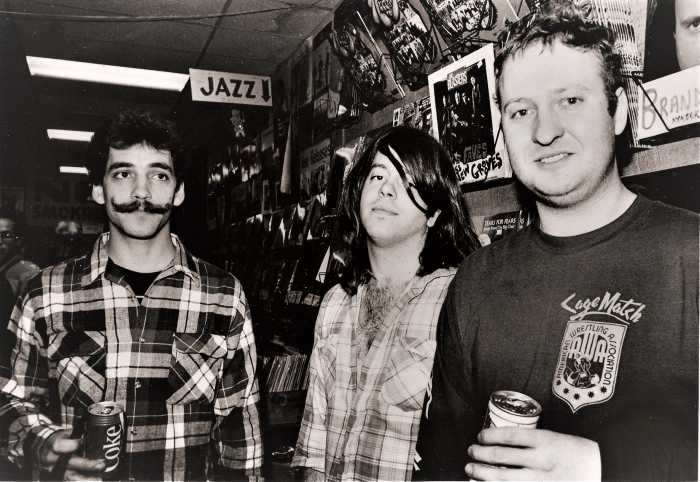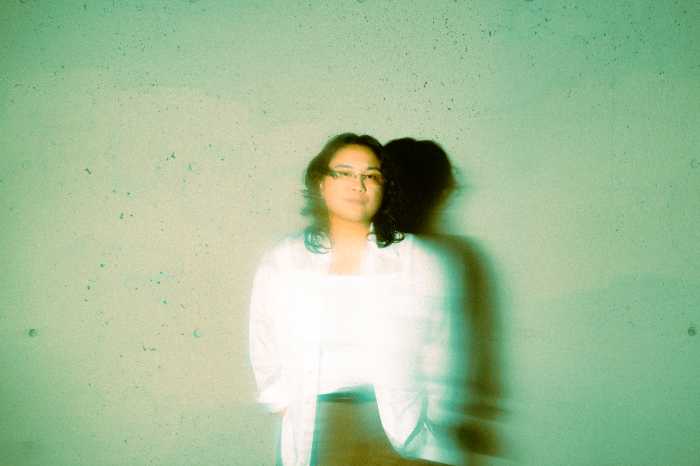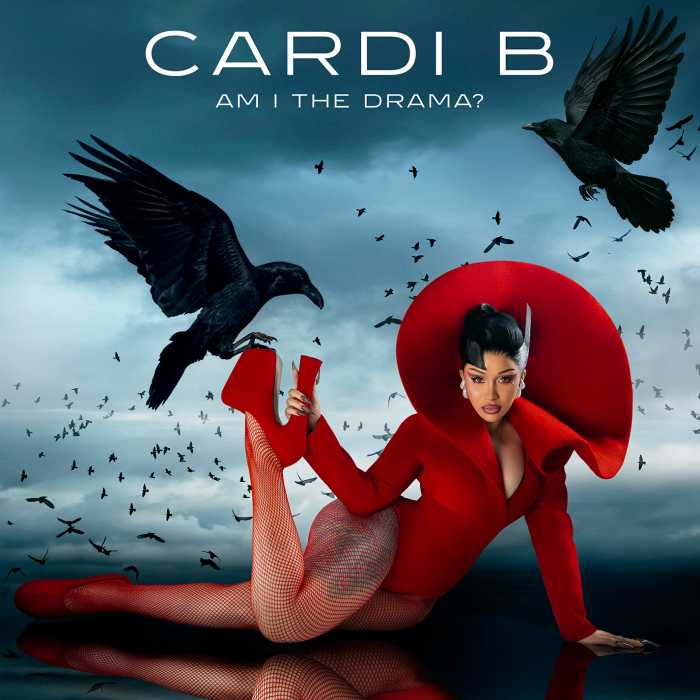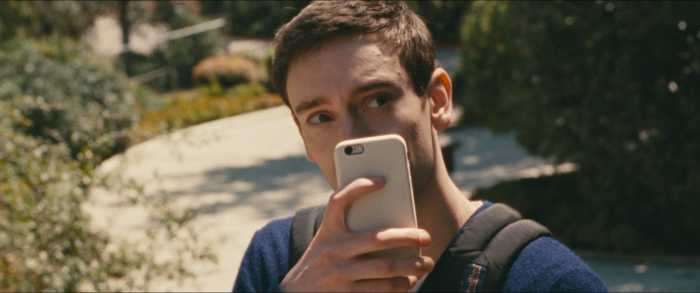Peggy Kriha Dye and Colin Ainsworth as Renaud in the Glimmerglass Festival/ Opera Atelier production of “Armide.” | KARLI CADEL/ THE GLIMMERGLASS FESTIVAL
The theme of this summer’s Glimmerglass Festival was “Cultures in Conflict.” Verdi’s “Aida” is usually performed in large theaters, but Francesca Zambello decided it perfectly fit her theme and the cozy 914-seat Alice Busch Opera Theater. Unfortunately, her modernized production did not make a persuasive case for a smaller venue.
We were in the midst of a 21st century Middle Eastern or African tribal war where the Egyptians seemed to be under siege. Machine guns and military fatigues abounded. The Triumphal Scene was an indoor victory party, with dancing soldiers and a few bits of plundered treasure dragged across the stage. In the Judgment Scene, Radamès was waterboarded (luckily he has no singing here), and the Tomb Scene featured lethal injection with the tenor strapped to a gurney.
The unit set was recycled from the 2008 “Shakespeare” season –– a two-tiered gallery distressed to resemble a bombed-out palace interior. An open wall and a jeep failed to transform it into the banks of the Nile in Act III.
Musically, the Ethiopians triumphed over the Egyptians. Radamès’ onstage torture was not to blame for the shallow tone and pressed high notes from out gay African-American tenor Noah Stewart. His male model good looks and crossover potential have garnered him a Decca recording contract, a chart-topping debut album in the UK, and major press attention. But all the hype and his chiseled torso stripped to the waist could not distract the listener from his struggles with a role two sizes too heavy for his pleasant lyric tenor –– even in a house this size.
Mezzo Daveda Karanas was a disappointing Amneris, her tone undersized and shallow like a comprimaria out of her league. Her low notes lacked chesty resonance and the high notes were thin and pressed –– she had no vocal trump cards to play. Traipsing around the palace in between bombs blasts in high heels and designer sheaths, she suggested an insecure debutante rather than an imperious princess.
Michelle Johnson fielded a lush, wide-ranging, and expansive spinto soprano that was perfect for Aida. The high C in “O Patria Mia” was attacked securely if loudly. Her seductively spun tone in the “La, tra le foreste vergini” section of the duet with Radamès combined lush tonal velvet and silvery spin reminiscent of Leontyne Price and Renata Tebaldi. Johnson occasionally seemed to be pushing a little hard for effects. She has a real Verdi voice and needs to shape and caress the vocal line rather than pump it out. Her encounter with the magisterial sable-toned Amonasro of Eric Owens in the Nile Scene provided the musical and dramatic highlight of the evening.
Egyptian conductor Nader Abbassi could not make the Glimmerglass orchestra rival the Met’s, but his tempos were well chosen and effective. “Aida” is a 19th century spectacle with two-dimensional characters and old-fashioned dramaturgy. Zambello’s references to current genocidal civil wars around the world seemed pasted onto the surface for effect.
Jean-Baptiste Lully’s “Armide” (1686) also presents a pair of lovers from opposite sides of warring cultures and religions. Philippe Quinault’s libretto (later adapted by Gluck for his “Armide”) presents psychologically complex protagonists at war with themselves as well as each other, yet strangely similar.
The Saracen princess and sorceress Armide is a proud and independent woman who believes her pagan magic will keep her from ever being owned or dominated by a man. Love is a weapon, marriage a prison. The Christian knight and crusader Renaud believes his religious principles and military honor make him impervious to the attractions of love and sex. Their pride comes before a fall –– for each other.
Armide weaves her spells to seduce Renaud and bring him down, but she herself succumbs to the spell of an older and more powerful magic –– true love. Renaud gives in to his repressed sensuality, opening the door to a romantic attachment, but eventually realizes the weakness in that and returns to his fellow crusaders. Not, however, before voicing his unbroken love and deep regret over abandoning Armide. She tries to give herself over to Hatred and Vengeance, but fails. Love is both her blessing and her ruin. Each lover is incomplete without the other, and yet they cannot be together without giving up a crucial part of their identity.
The Glimmerglass production was originally created by Canada’s Opéra Atelier in 2005 and triumphed in Toronto and at the Palace of Versailles. Director Marshall Pynkoski and set designer Gerard Gauci mixed the conventions of baroque theater with the brilliant stylization of ancient Persian art and illuminated manuscripts, creating a jewel box of visual delights onstage inlaid over a background of gold. Forced perspectives and trompe l’oeil visuals created a world where illusion and reality were indistinguishable.
Choreographer Jeannette Lajeunesse Zingg seamlessly integrated the dances with the stylized movements of the principals. In fact, sometimes it was hard to tell the dancers from the singers –– tenor Colin Ainsworth as Renaud and bass-baritone Curtis Sullivan as Hatred both stripped down to leotards revealing elegant, gym-toned physiques. Zingg’s choreography –– ballet is equal to song in French tragédie en musique –– ranged stylistically from stately minuets for the Christian court to Italian acrobatic dances for the demons.
Peggy Kriha Dye was a proud but increasingly vulnerable Armide, her colorful soprano as supple and specific to emotional expression as her body. Colin Ainsworth was initially impressive for both blond good looks and refined vocalism as Renaud, but seemed to lose steam as the evening progressed.
Mireille Asselin and Meghan Lindsay were sprightly and elegant as various nymphs and handmaidens. The rest of the singers were vocally unimpressive, but created specific and witty characterizations.
Lully’s music for “Armide” is more uptempo than “Atys” –– dance rhythms are omnipresent. Conductor David Fallis and his consort of baroque instruments kept the singers and dancers light on their feet but able to point up the drama tellingly. This was a presentation worthy of an international festival.

